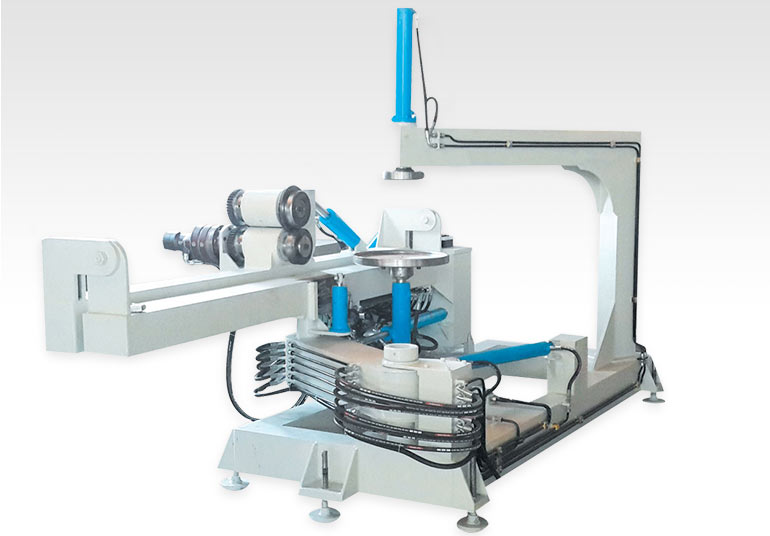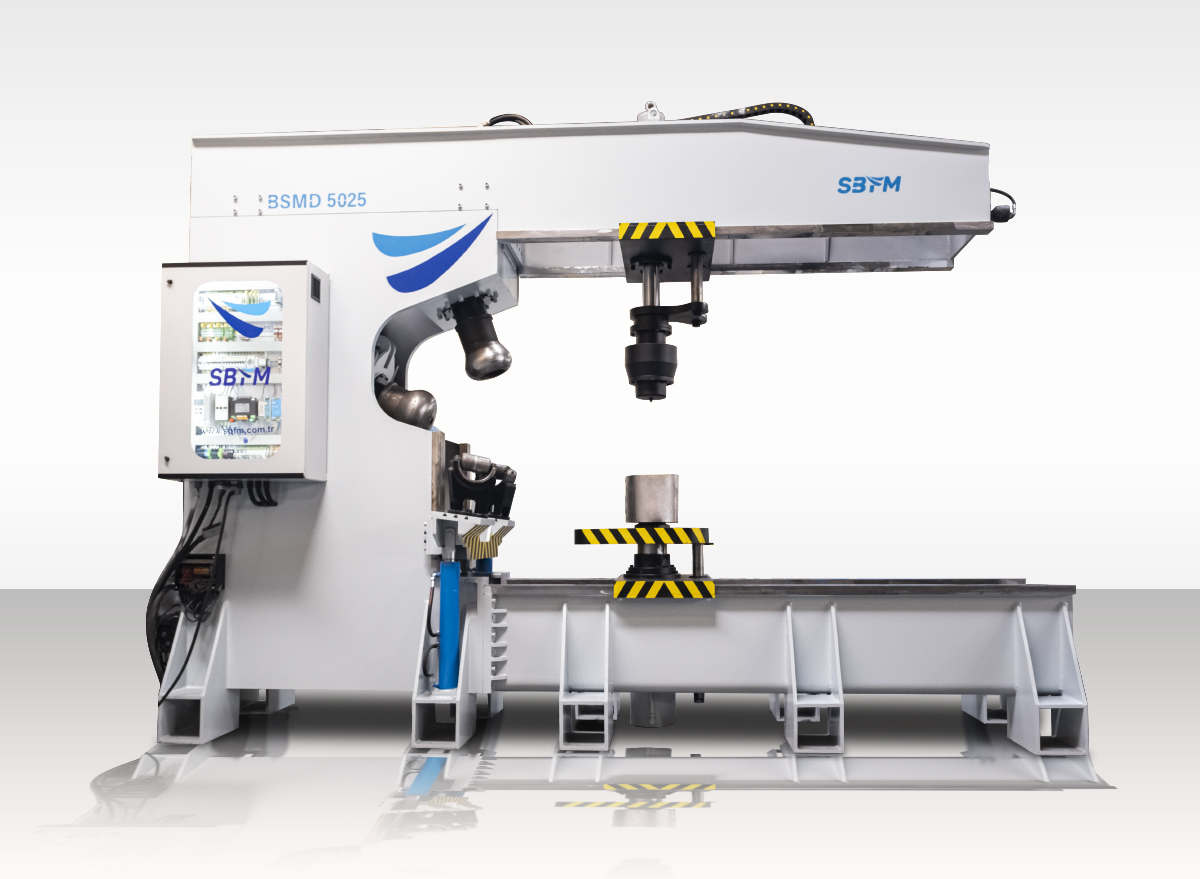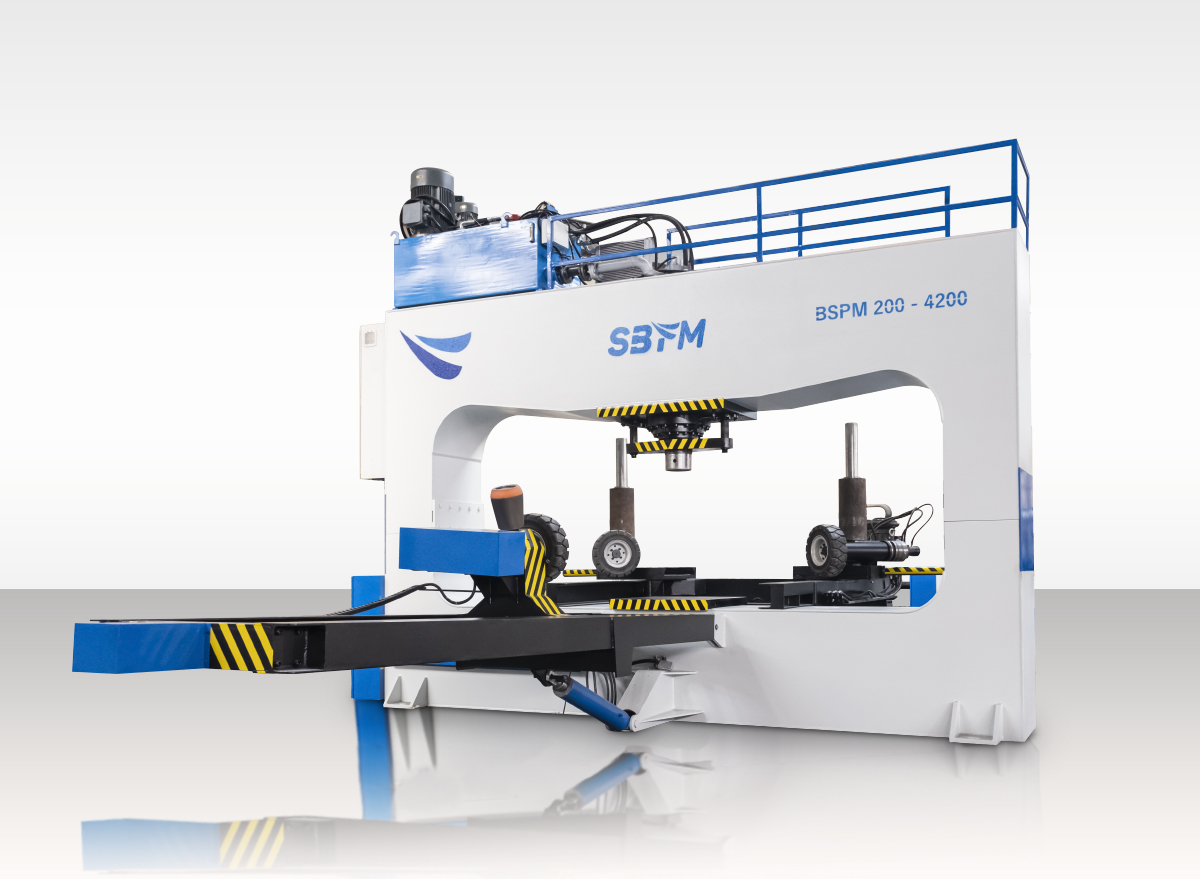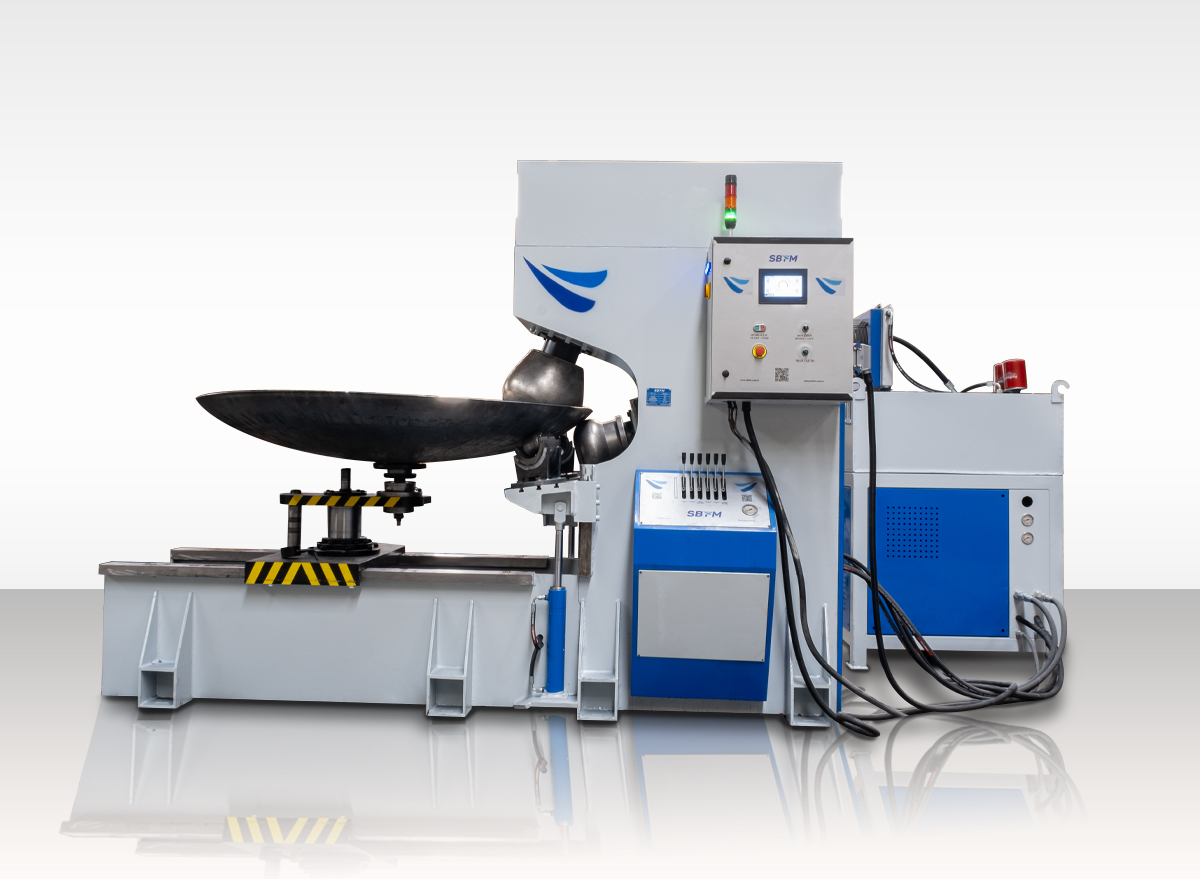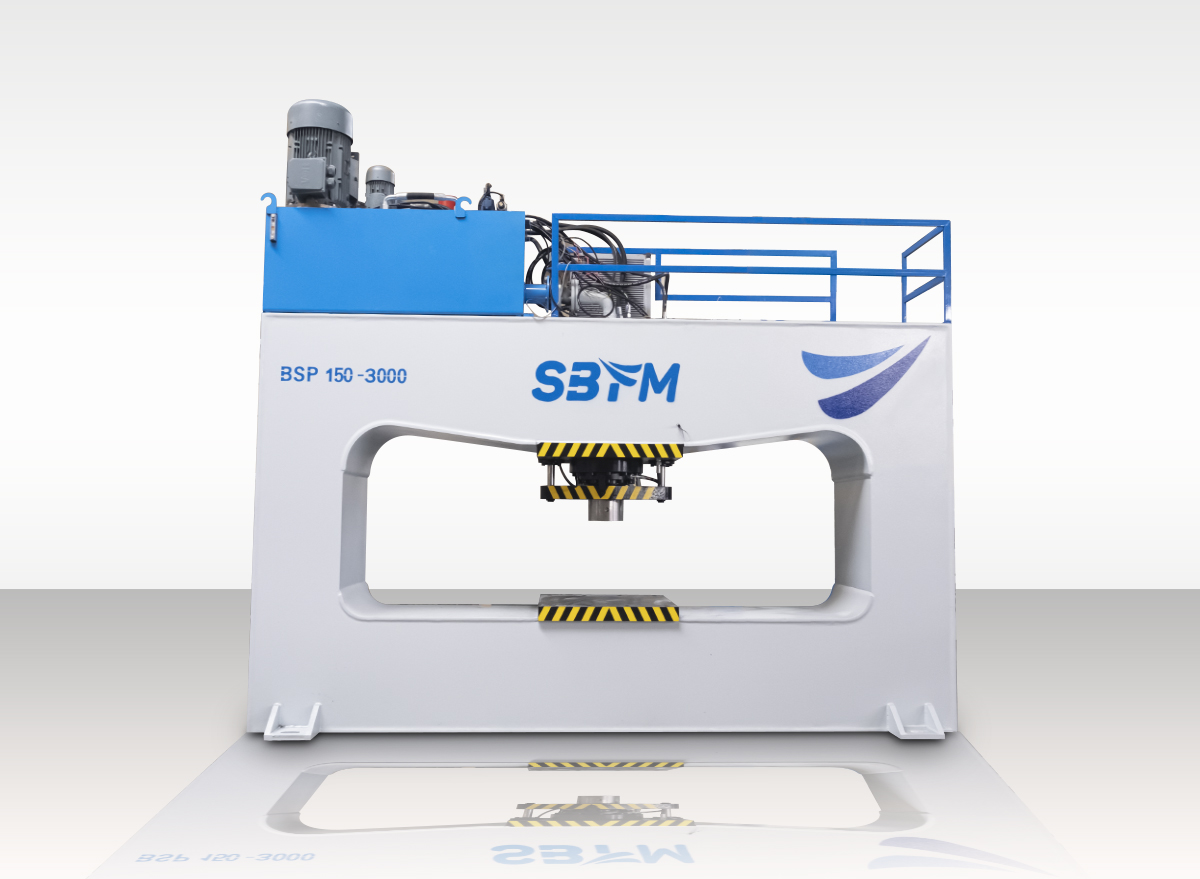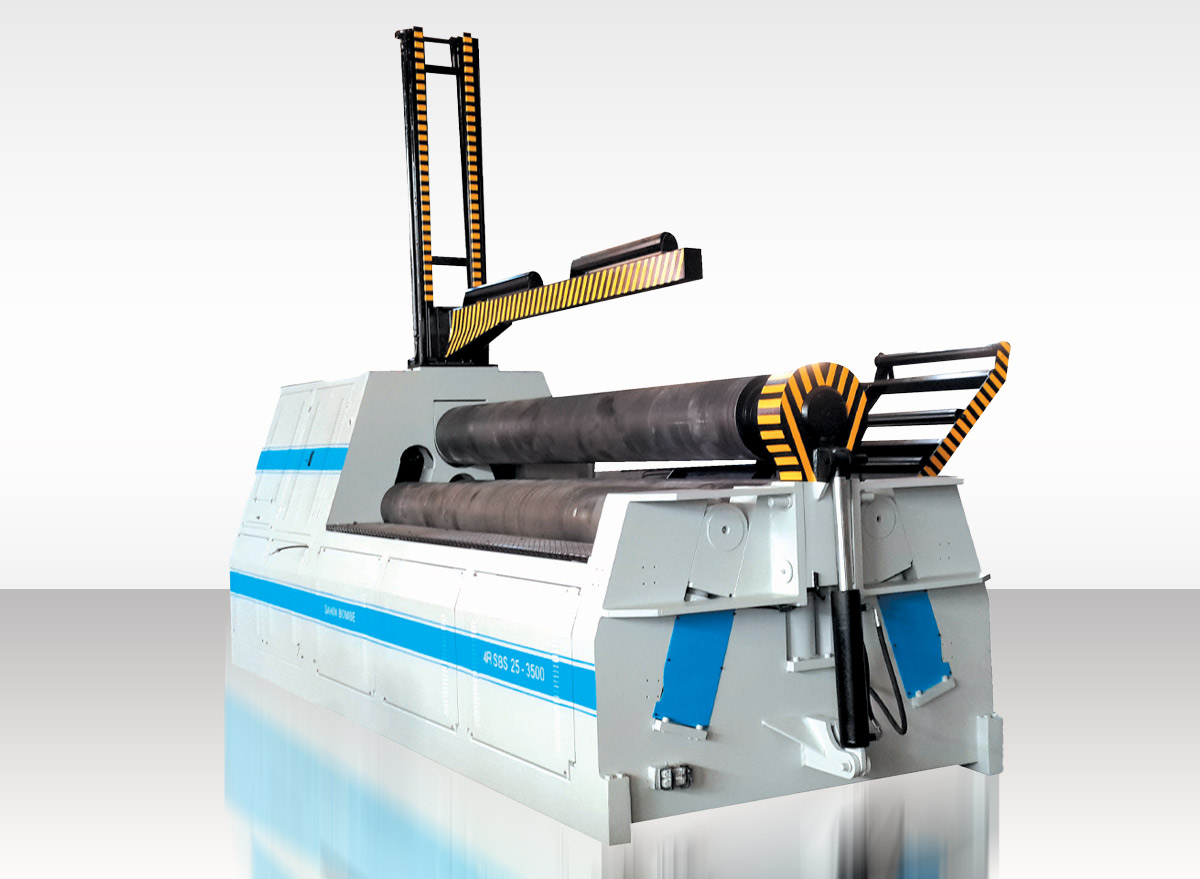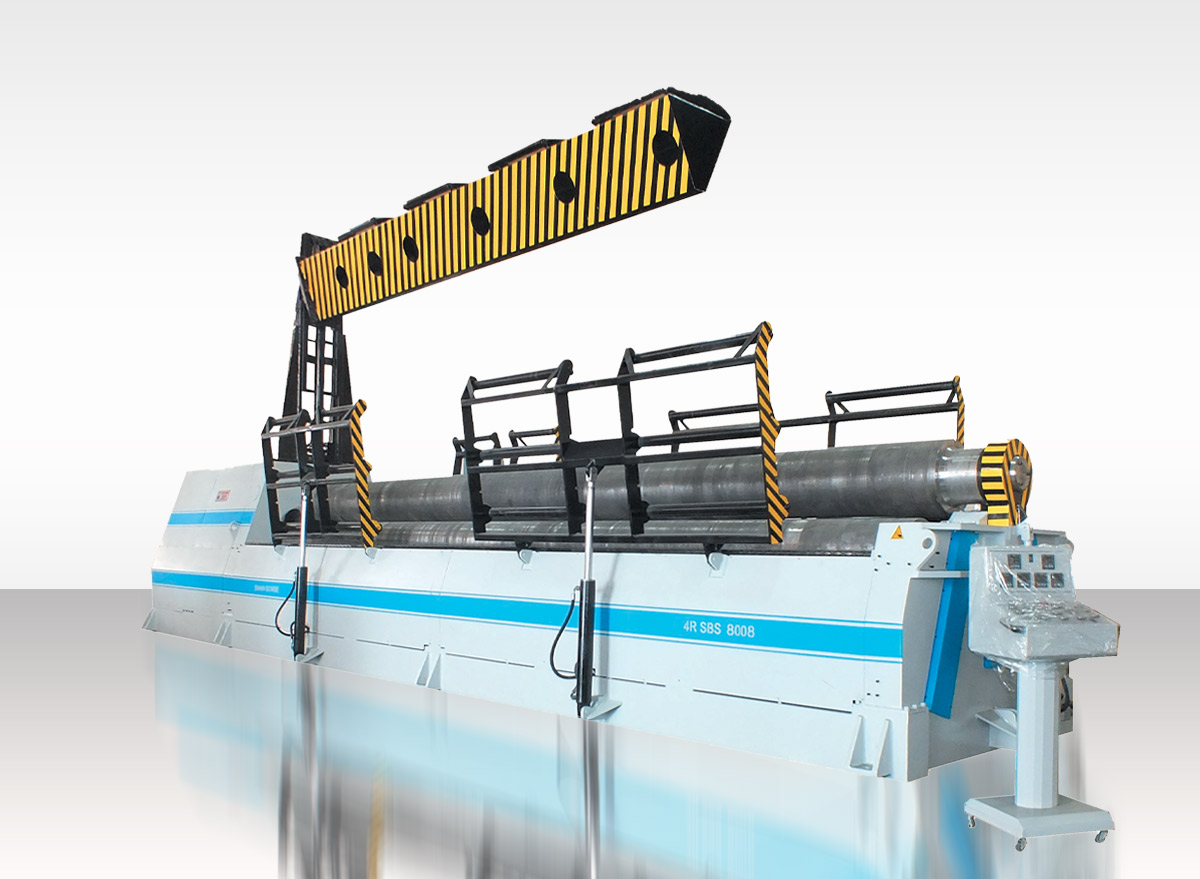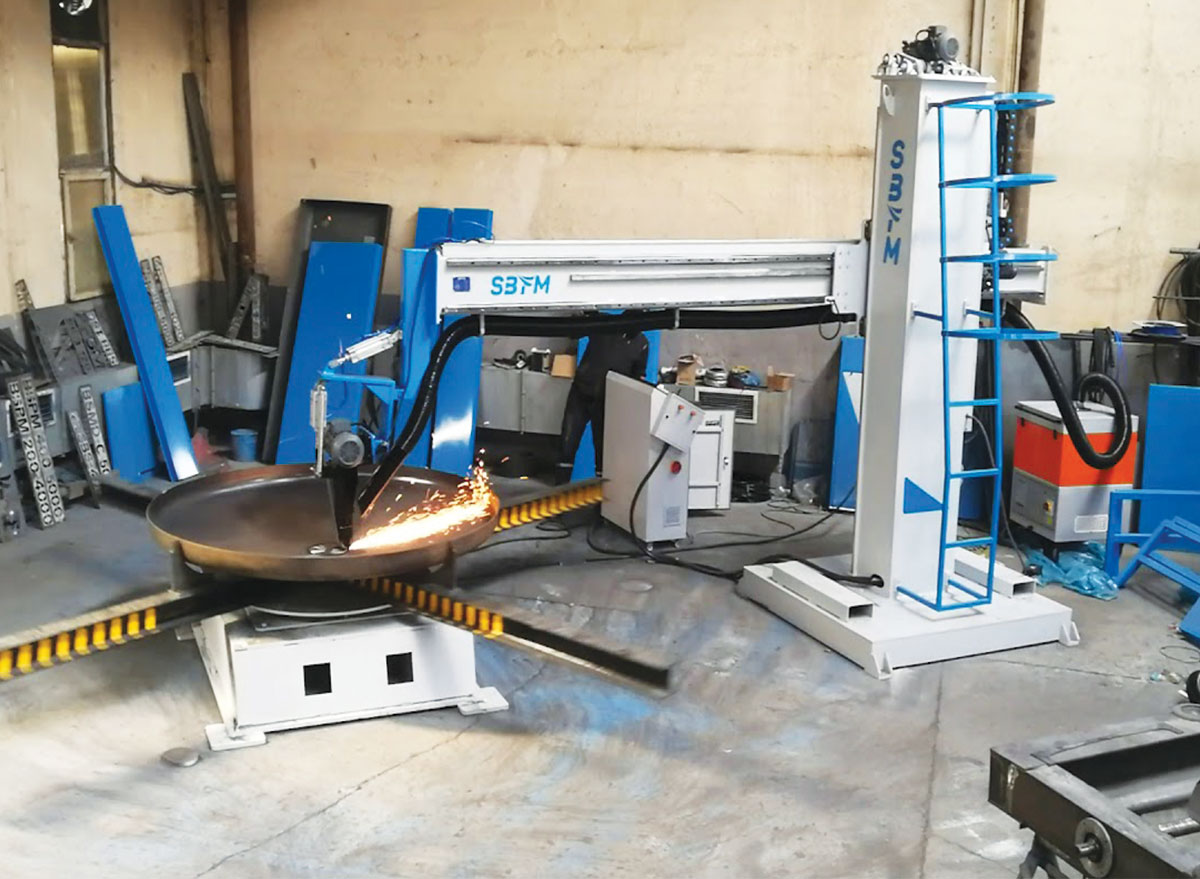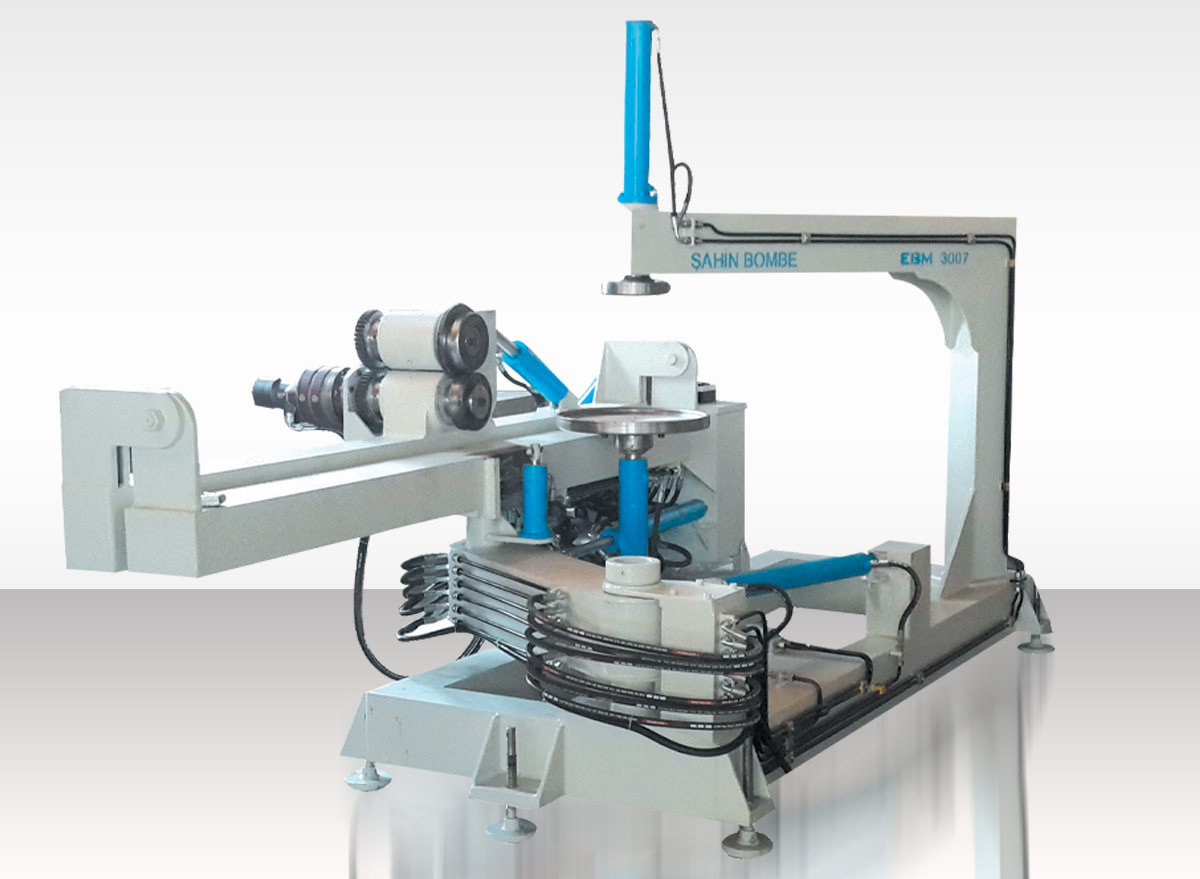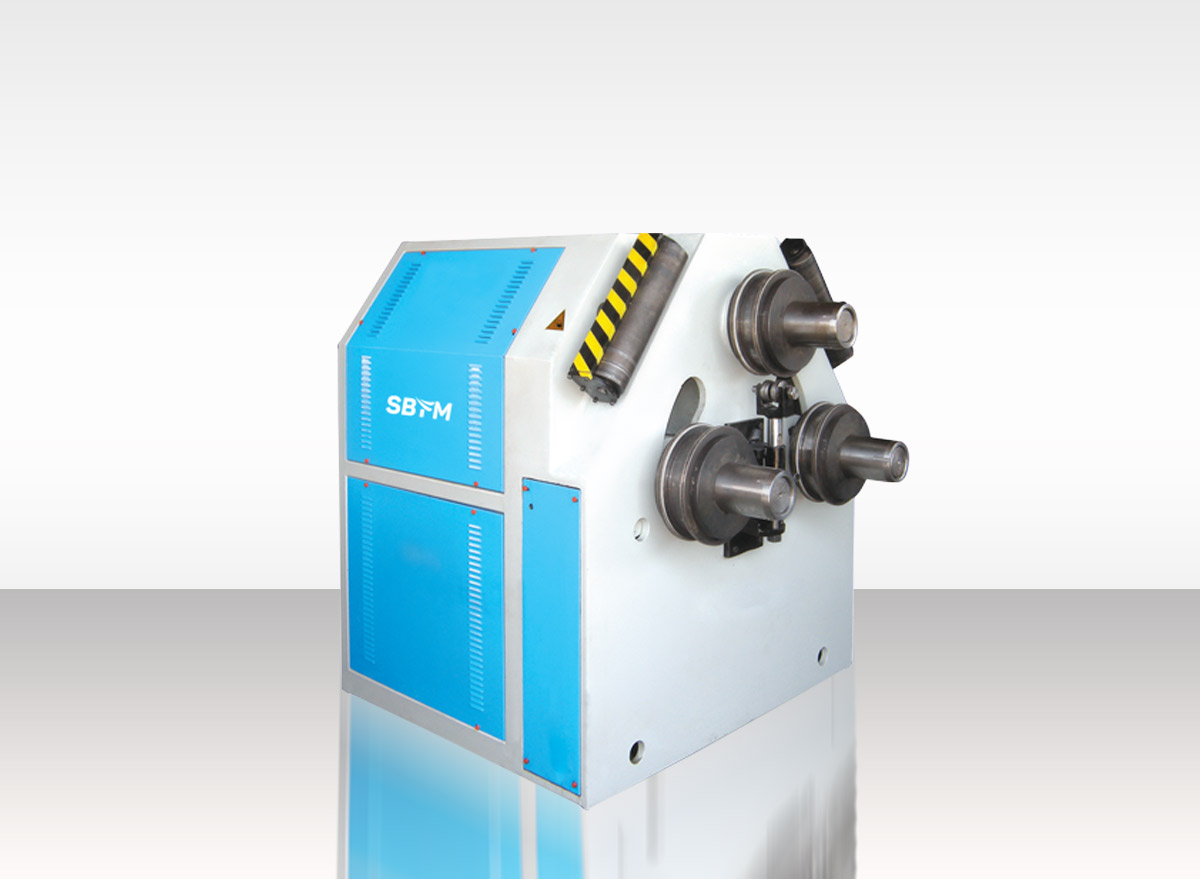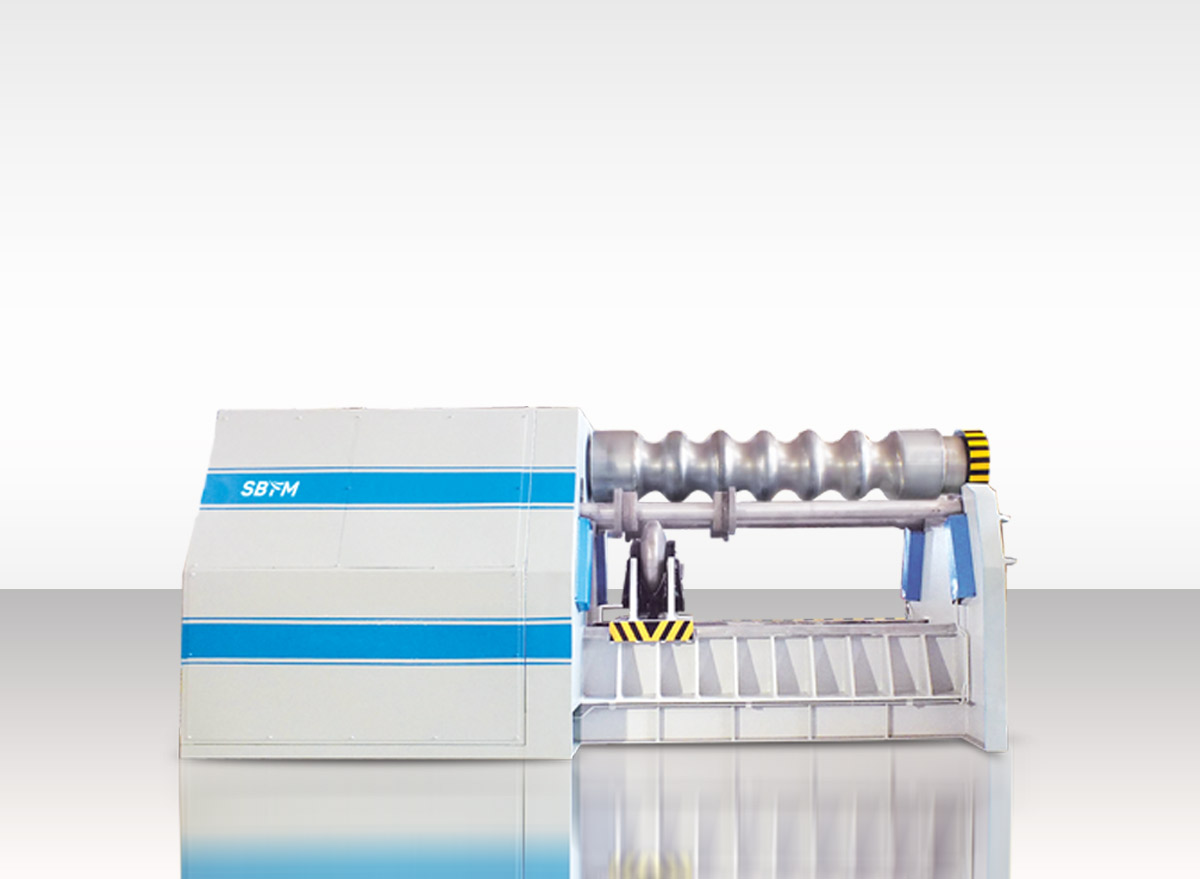While the exact mechanics will vary depending on the type of press machine, most press machines operate by pressing a plate or die onto or against a workpiece. They are controlled by one or more workers known as "tool setters" who position the workpiece and control the machine press. When the workpiece is placed under the plate or die of the machine press, the tool setter activates the machine press. Using hydraulic pressure, the press machine pushes the plate or die against the surface of the workpiece, which causes the shape of the workpiece to deform.
The press machine operates at high pressure to realize its intended applications. Except for lighter pressing machines such as spindle presses, most press machines use about 1 to 30 tons of pressure. As a result, they can deform most materials, including bronze, copper, aluminum, iron, steel and composites. The high pressure of a press machine crushes even the hardest metals, allowing manufacturing companies to transform metal workpieces as desired.

